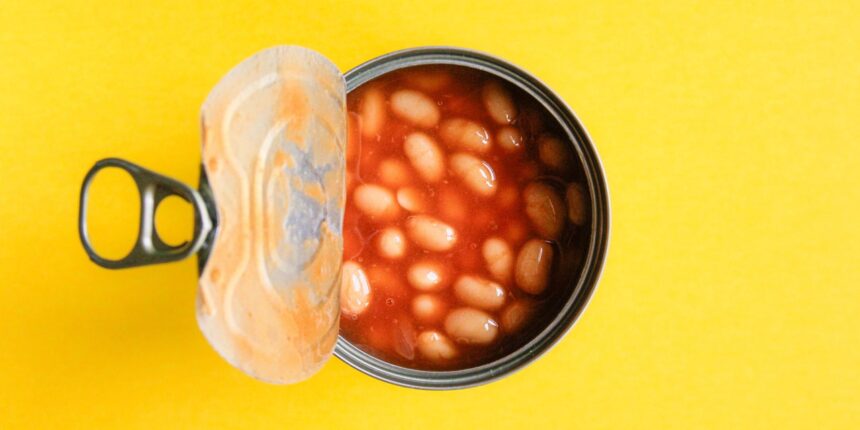When you feel your stomach start to churn after digging into a tasty burrito, one question inevitably springs to mind: Why do beans make you fart so much!? The good news is, it’s not just you. A bunch of folks are probably wondering the very same thing, since the music-making potential of legumes is not just baseless slander: When we asked registered dietitians whether the dubious honor is deserved, the answer was pretty much unanimous. “Really, the short answer is yes,” Vincci Tsui, RD, a certified intuitive eating counselor based in Canada, tells SELF.
Okay, not ideal, but don’t immediately rush to purge your pantry. Beans also bring a lot to the (kitchen) table—they’re versatile, fiber-rich, and protein-packed (around 15 grams per one cup of the cooked stuff!), to name three big benefits. And besides, what would life be without dal, hummus, falafel, enchiladas, and other bean-based classics?
Still, if you’re an enthusiastic member of the bean brigade, you probably want to know more about this link, since ripping a big one can be smelly, painful, and embarrasing—and it always comes at the most inopportune time, right? To nail down some answers, we reached out to a few experts to break down why beans make you fart so much, including how it happens in the first place and what (if anything) you can do to prevent it.
First of all, what makes beans such a gas bomb?
Remember when we said beans are rich in fiber? Well, one specific type of fiber is actually to blame. Oligosaccharides—which are also found in other legumes like lentils and peas as well as some grains, fruits, and vegetables—“are the commonly cited culprit,” Thanh Thanh Nguyen, MS, RDN, a registered dietitian at Mendinground Nutrition, tells SELF.
When you eat foods that contain oligosaccharides (raffinose, stachyose, ciceritol, and verbascose, to name a few examples), they pass into your digestive system along with all the other components. But they’re difficult for your body to digest, according to Tsui. “Our stomach does not have the enzyme to break them down, so they stay intact,” Nguyen says.
Until, that is, they reach your large intestine, where your gut bacteria set to work. In a process known as fermentation, these bacteria feast on the oligosaccharides, resulting in byproducts like hydrogen, carbon dioxide, methane, and, occasionally, sulfur—in other words, gas. Sulfur-containing strains are primarily responsible for the stink.
Simply put, the fermentation taking place in your large intestine is the unwitting cause of your bean-induced digestive discomfort: stomach pain, cramping, bloating, and, of course, farting.
Do all types of beans cause gas?
Like we explained, legumes are high in oligosaccharides, so they really have the capacity to trigger some tooting across the board—and that holds true for fan faves like chickpeas, black beans, and kidney beans.
That said, the fiber content in beans isn’t equal—it really depends on the type—and fewer oligosaccharides should equal less gas, at least in theory. So beans or other legumes that fall on the lower end of the fiber spectrum are usually a safer bet. Some people claim that “lentils tend to be more easily tolerated,” Tsui says. Other stomach-friendlier choices include adzuki beans, mung beans, black-eyed peas, pigeon peas, or split peas, according to Harvard Health.
Read the full article here



